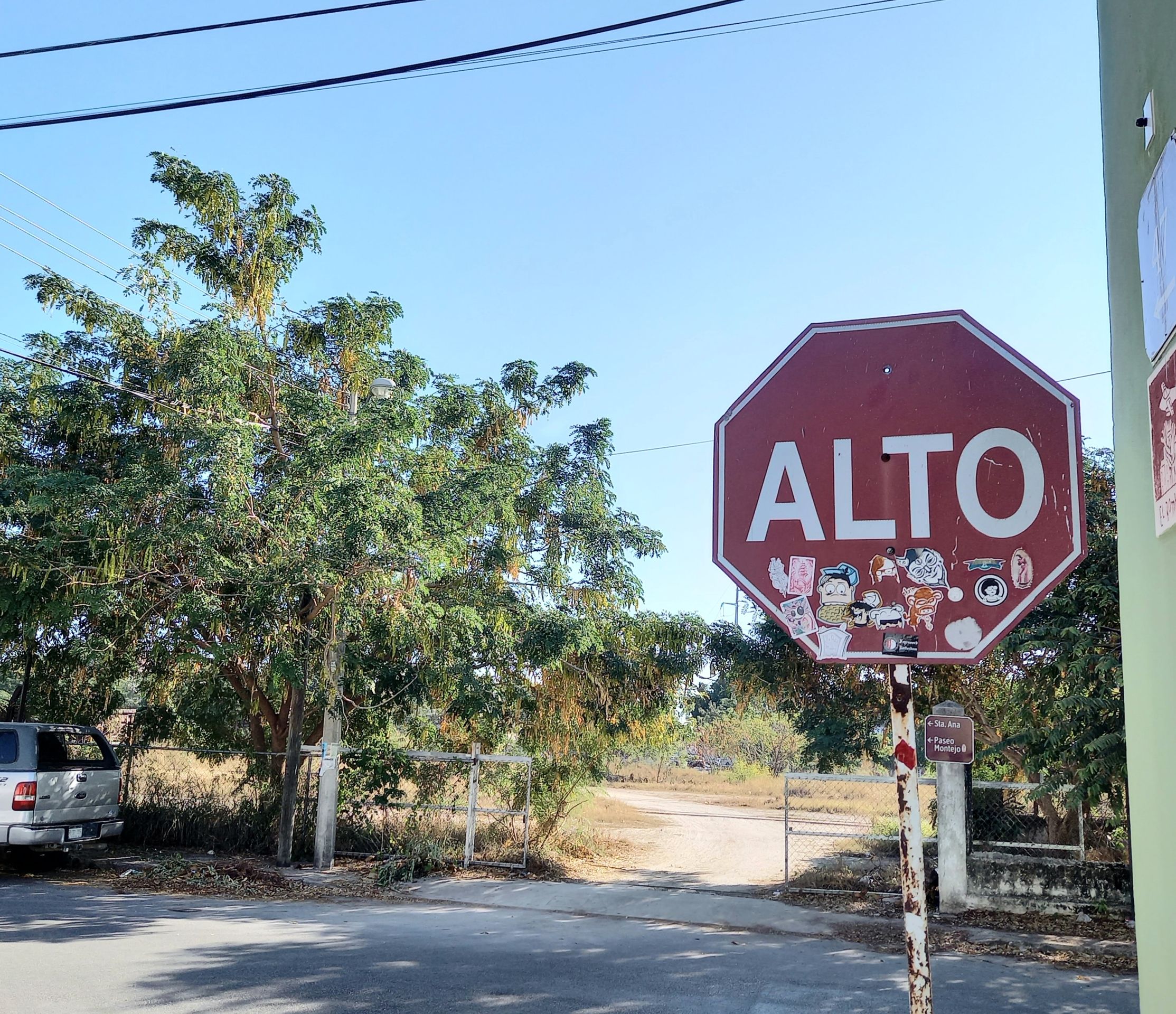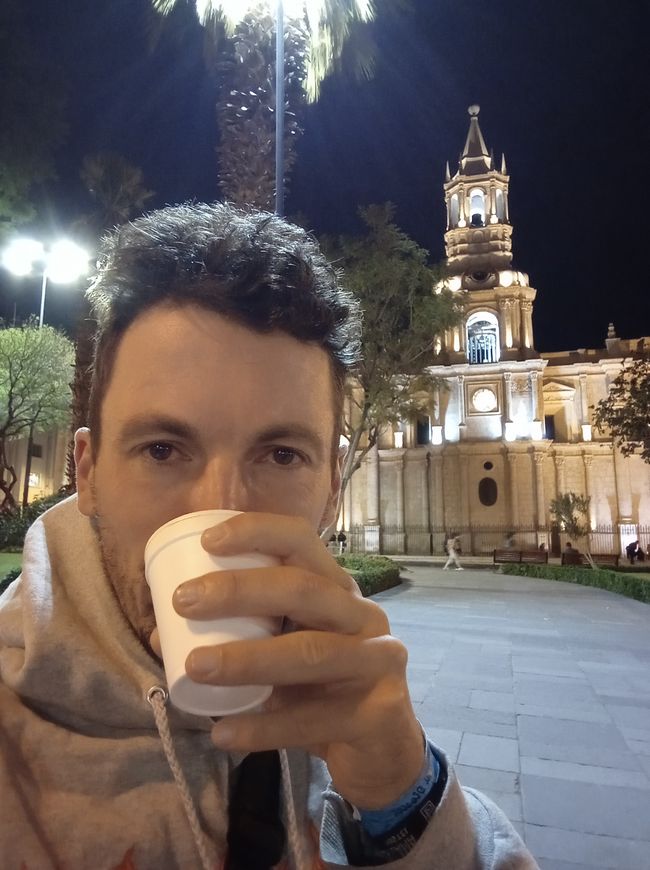Picture Book Vilnius
Publicēts: 29.06.2023
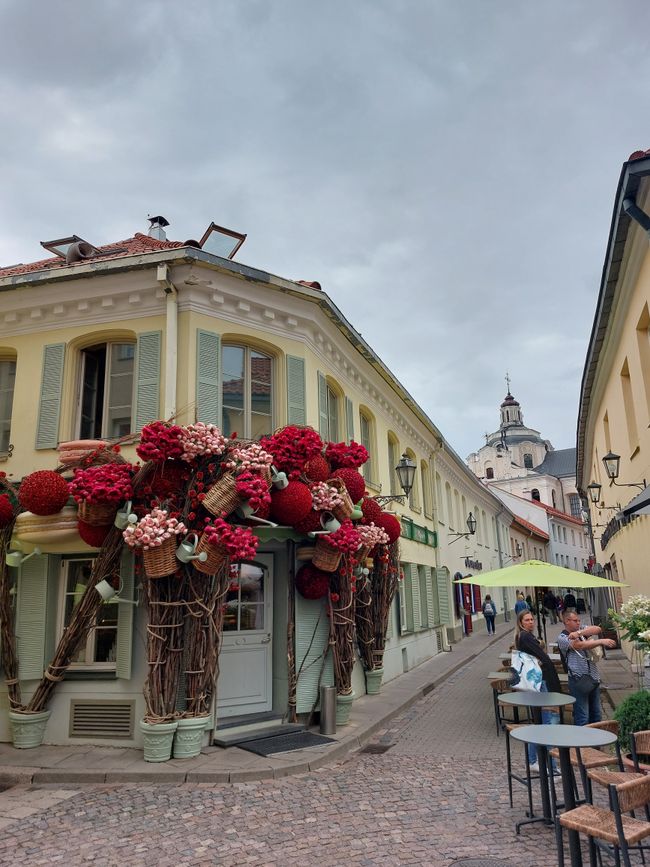
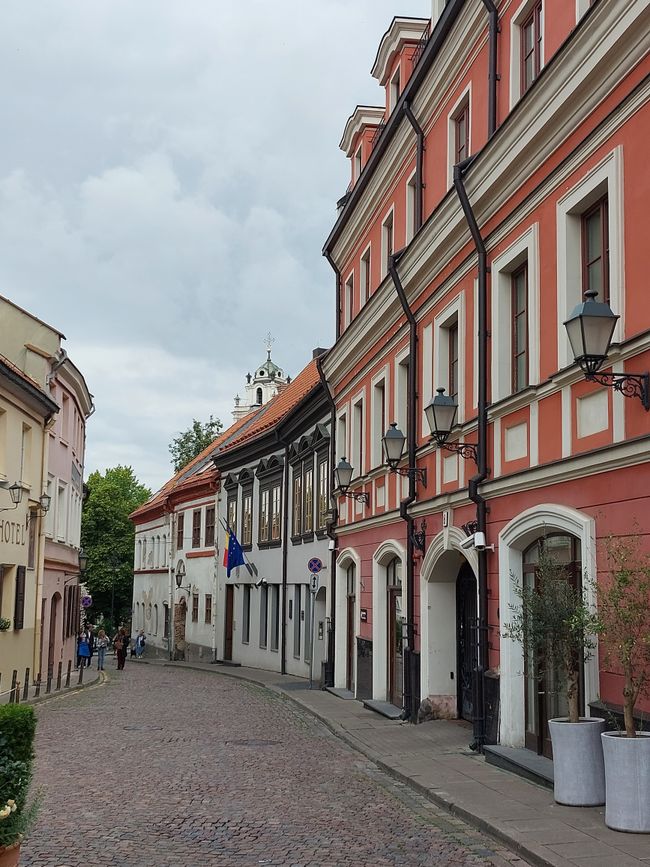
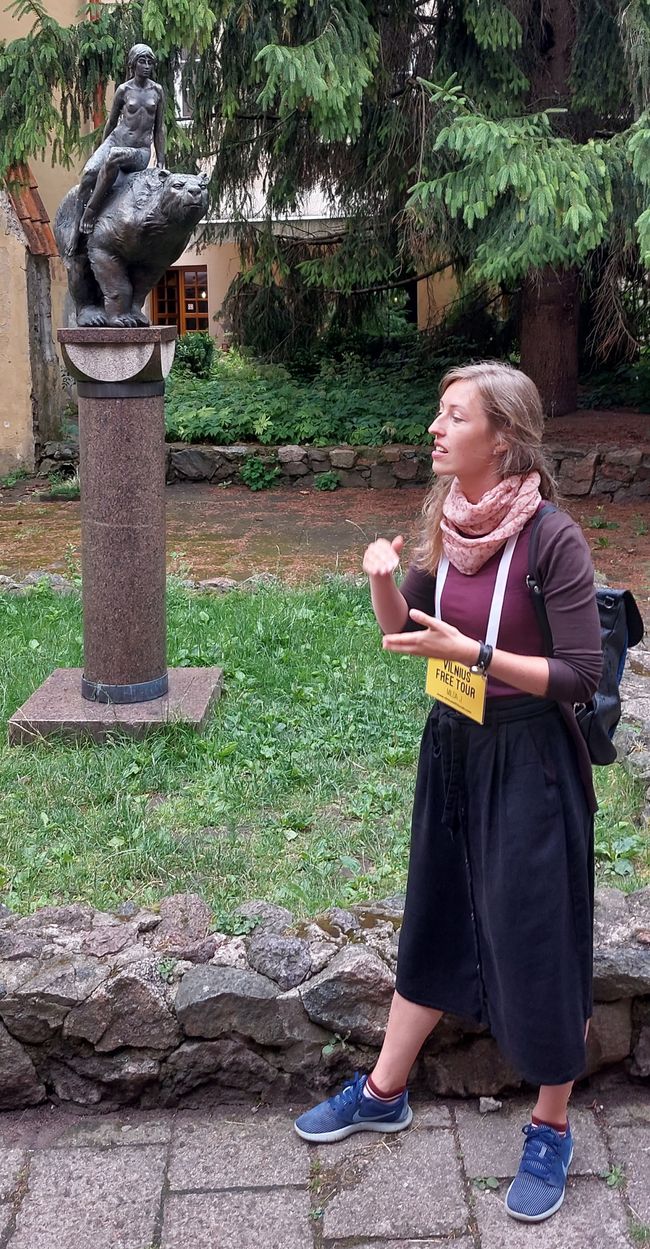
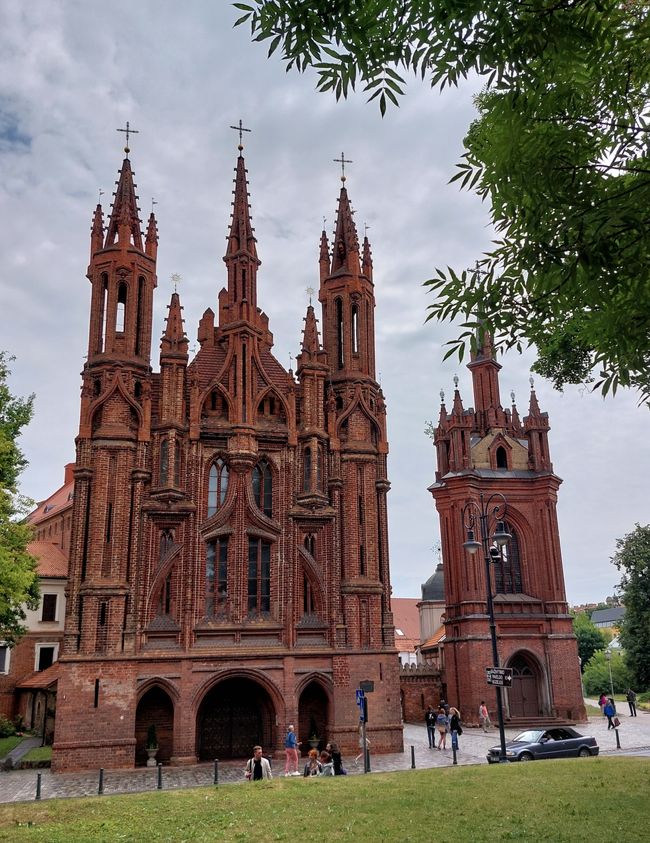
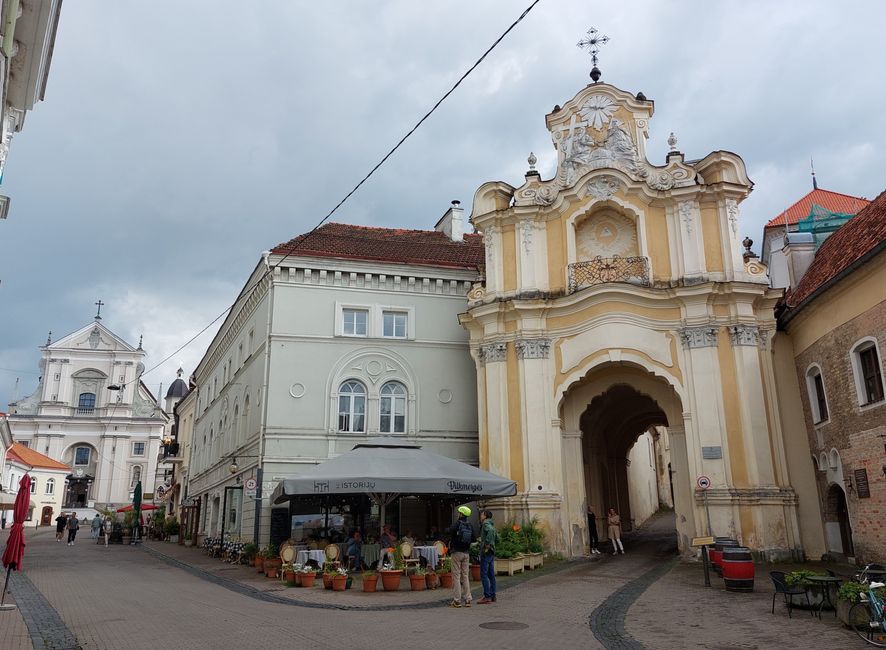
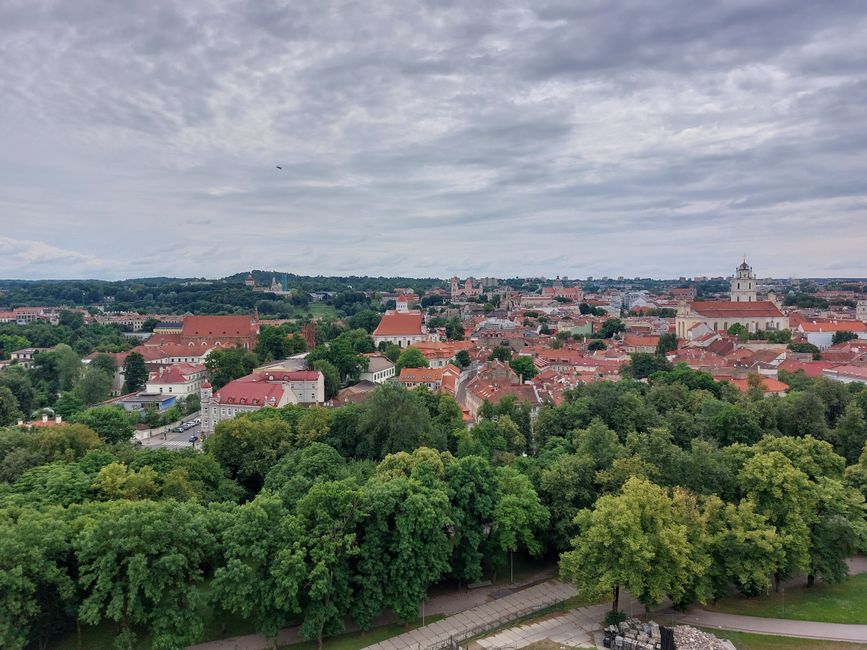
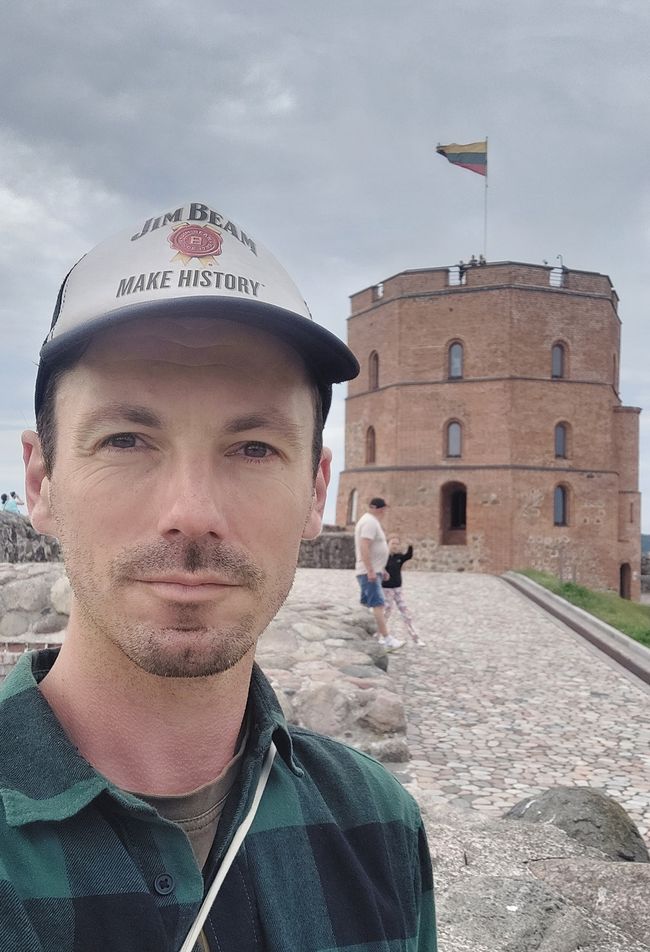
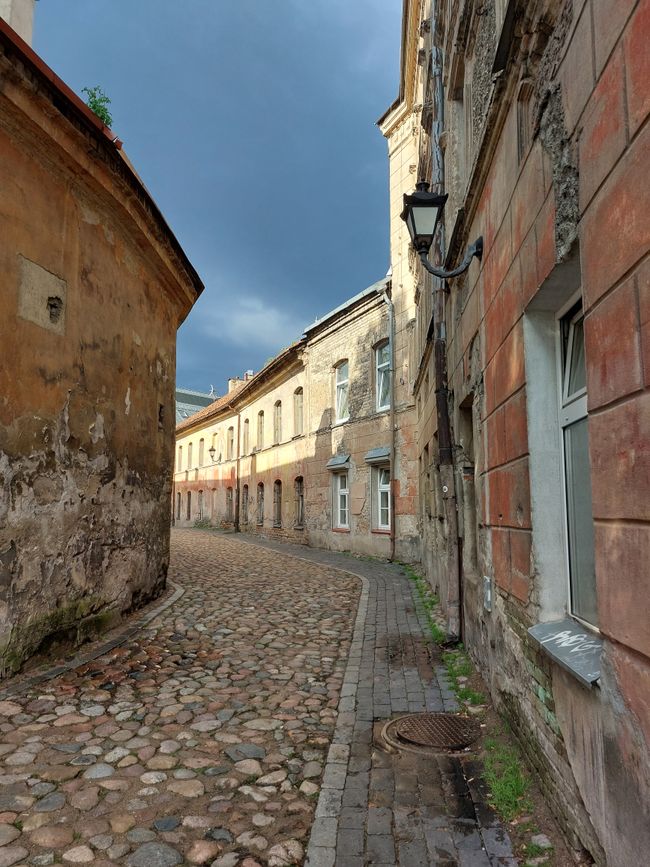
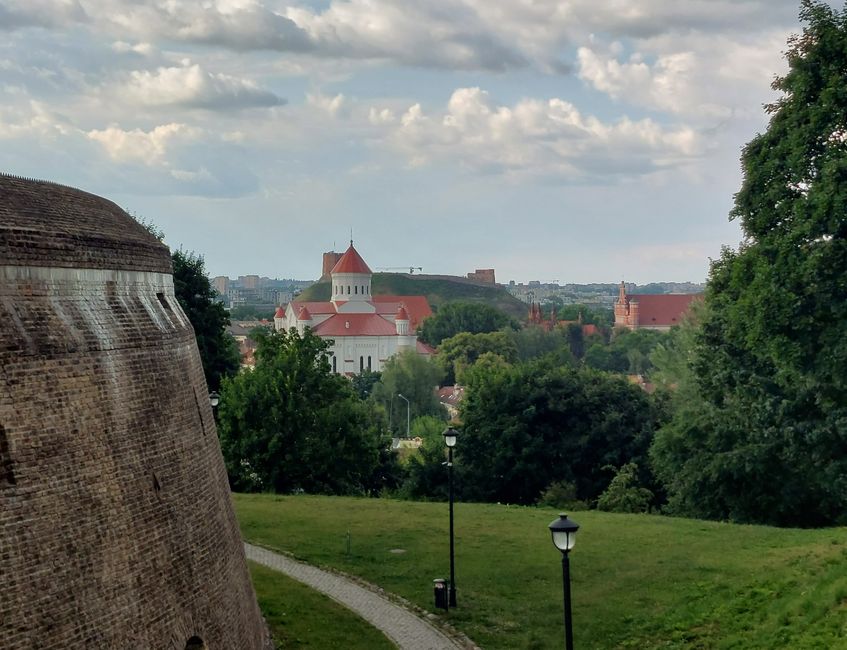
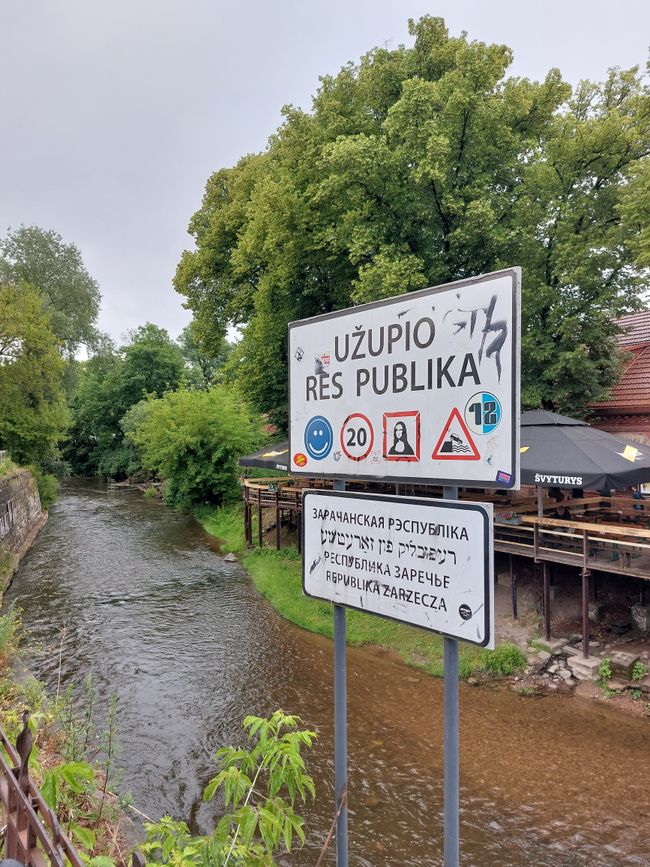
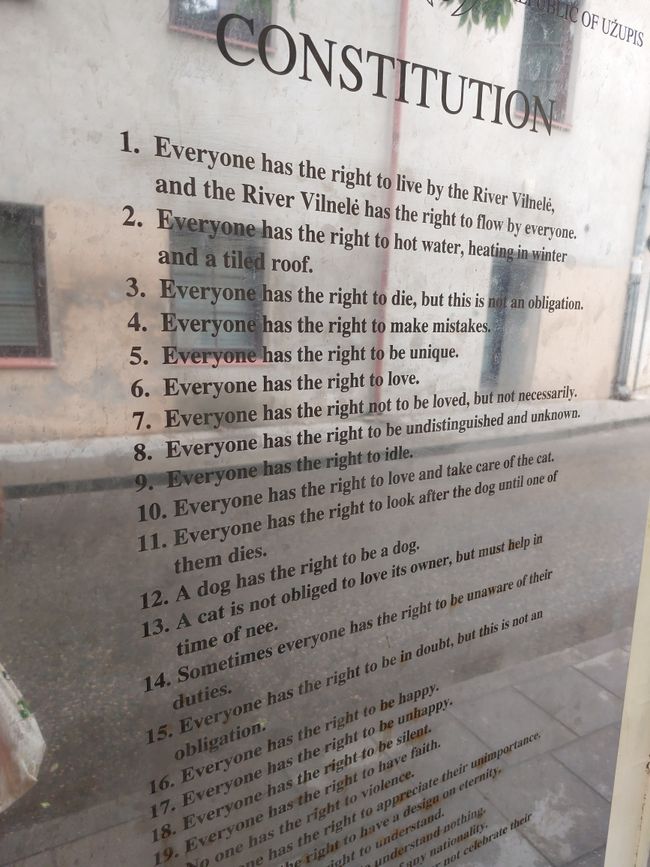
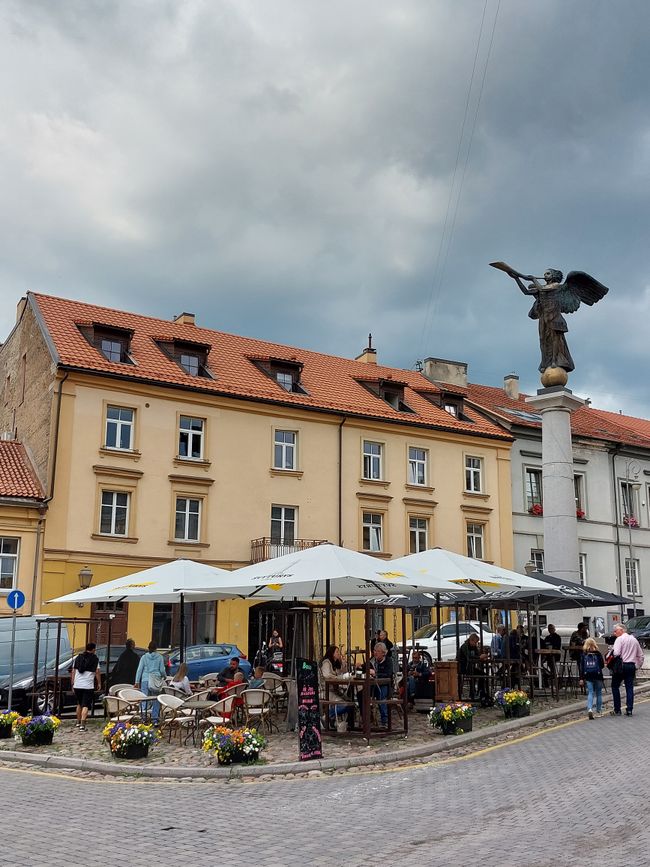
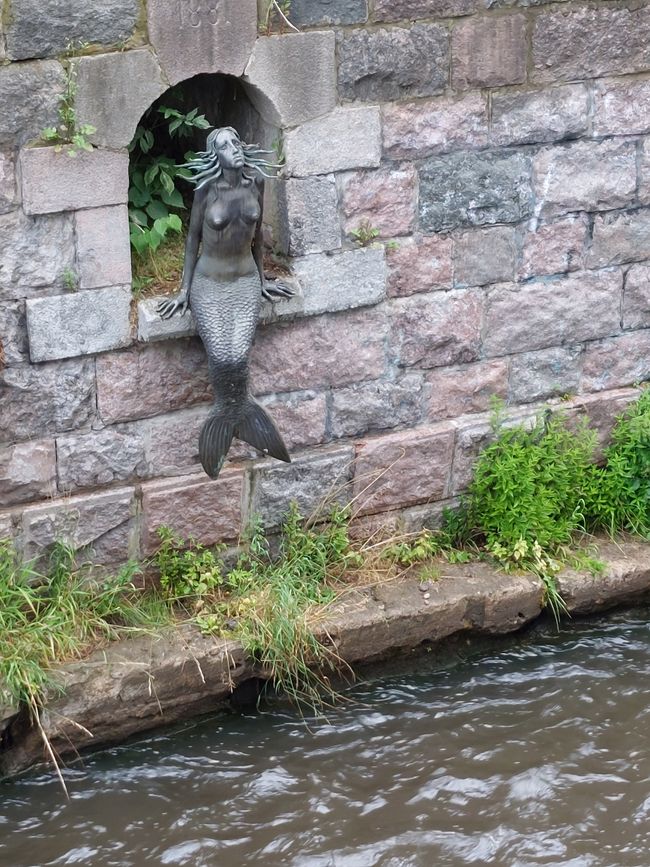
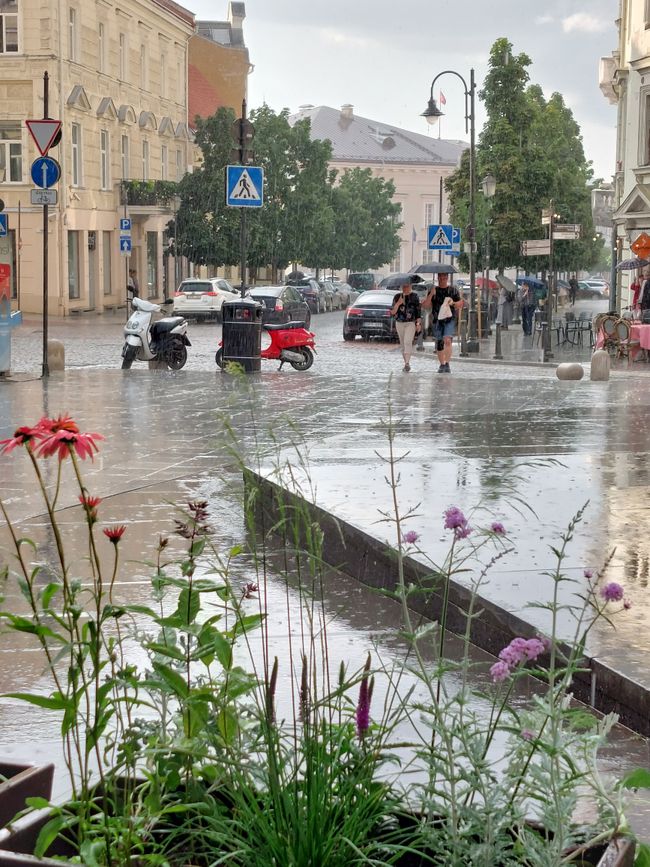
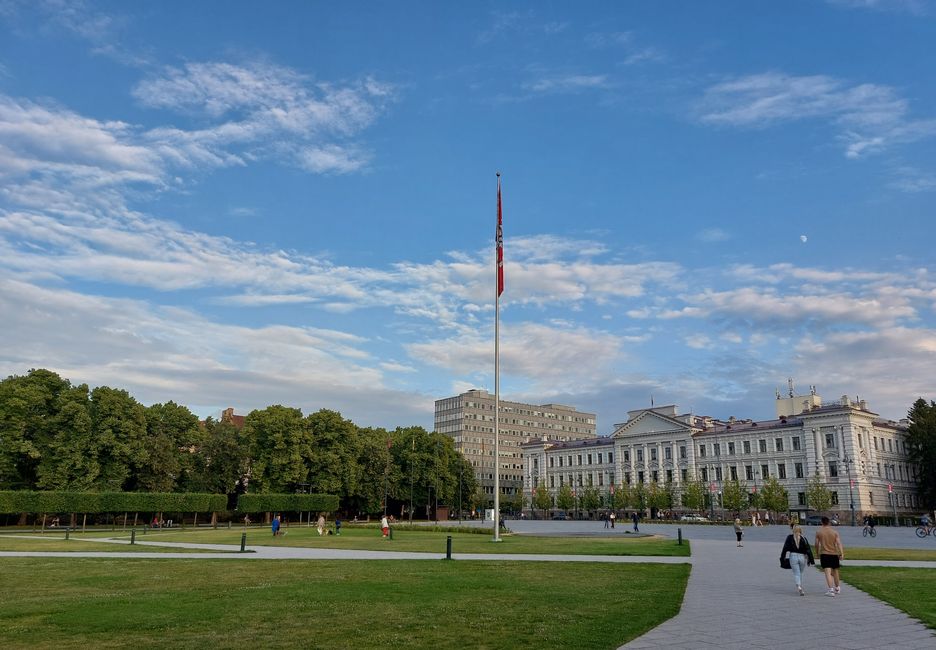
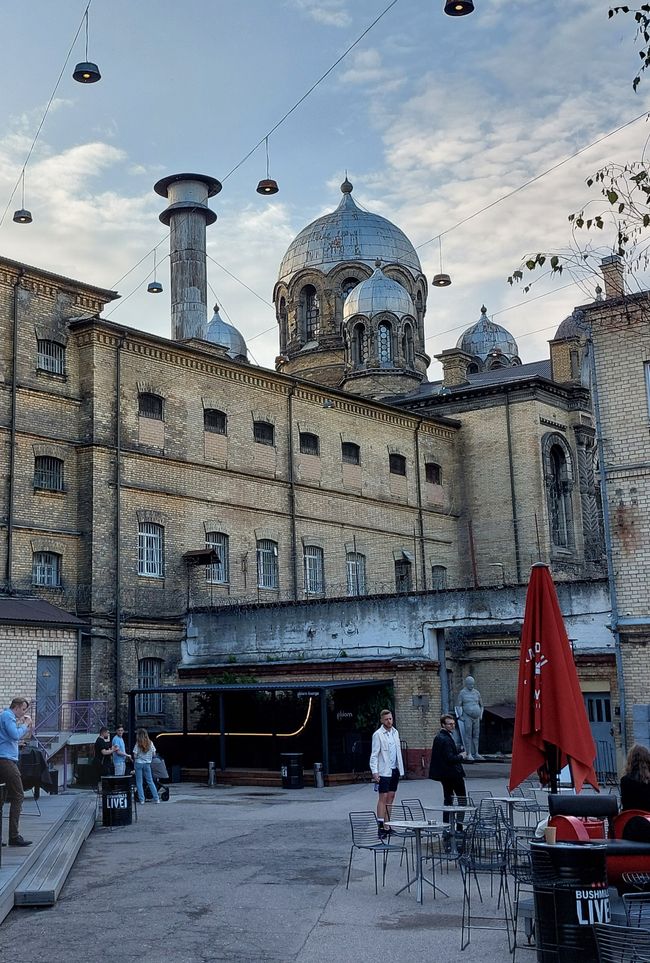
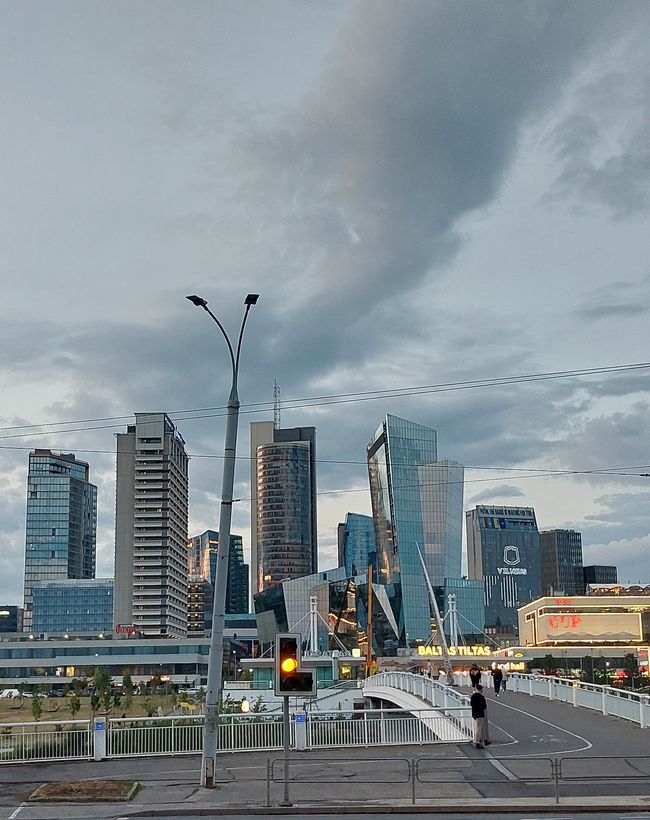
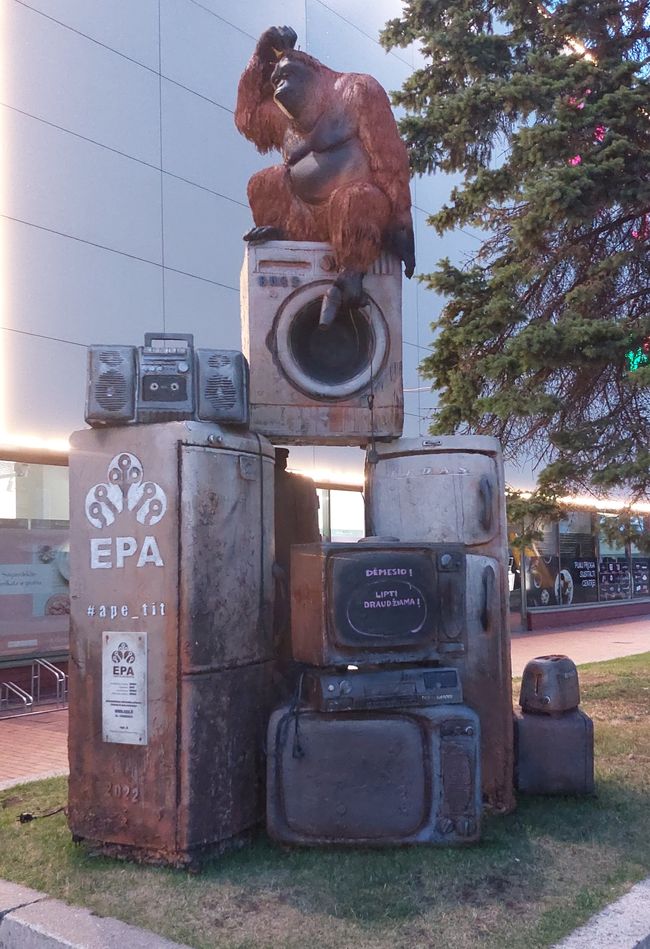
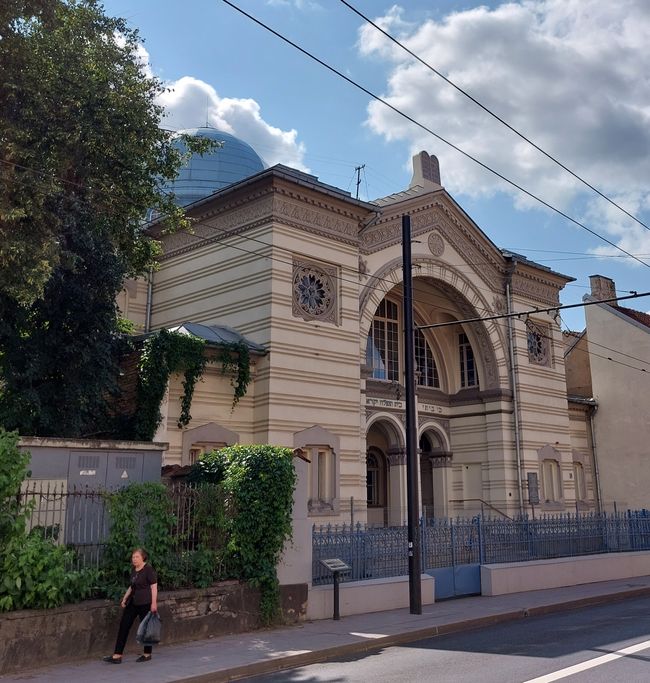
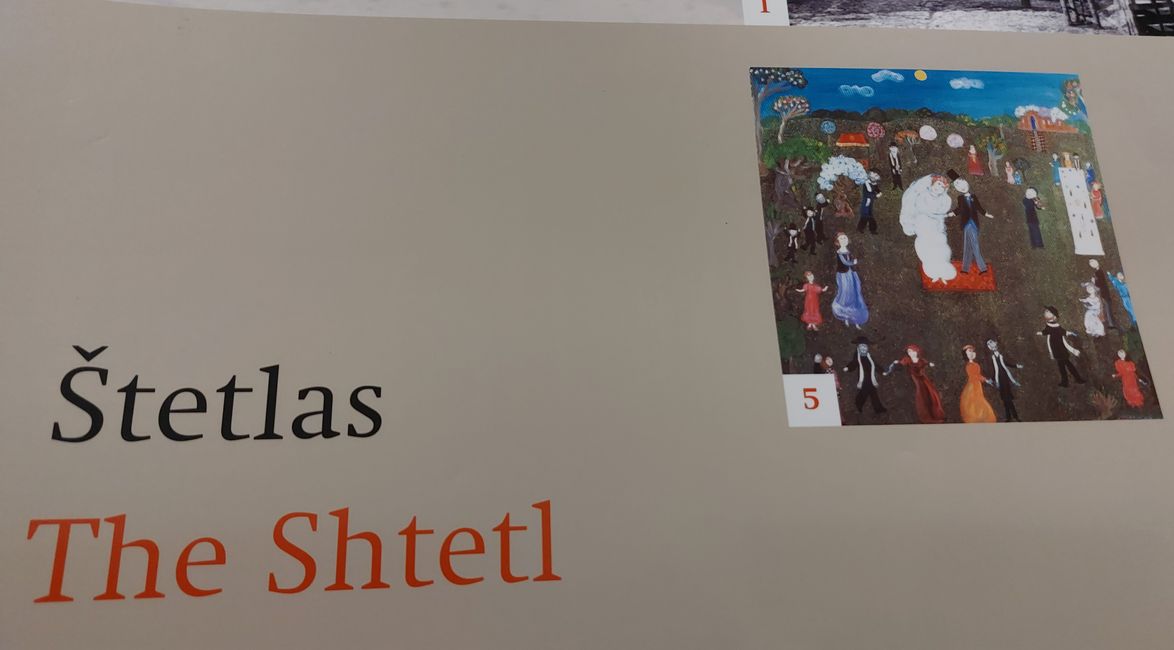
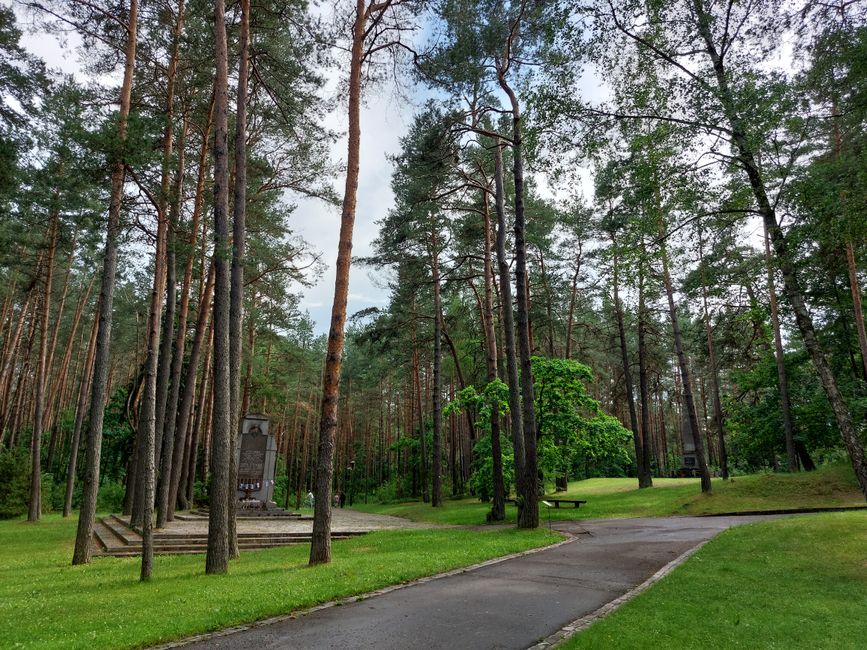
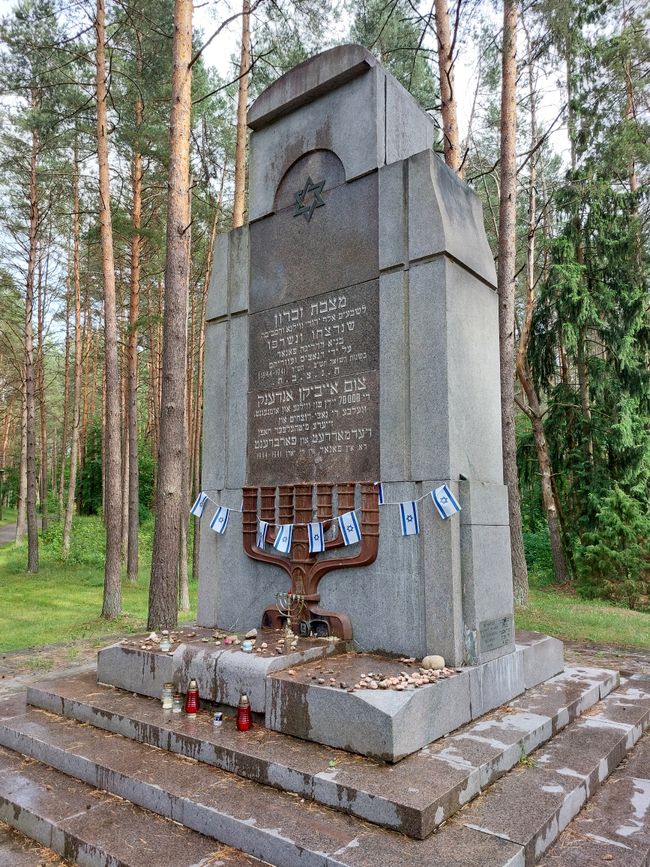
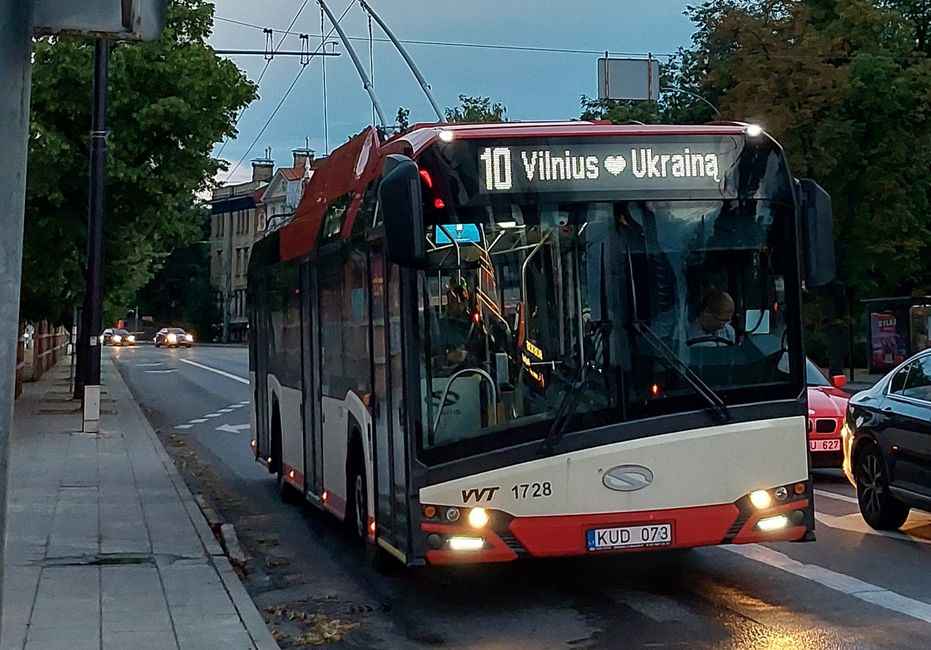
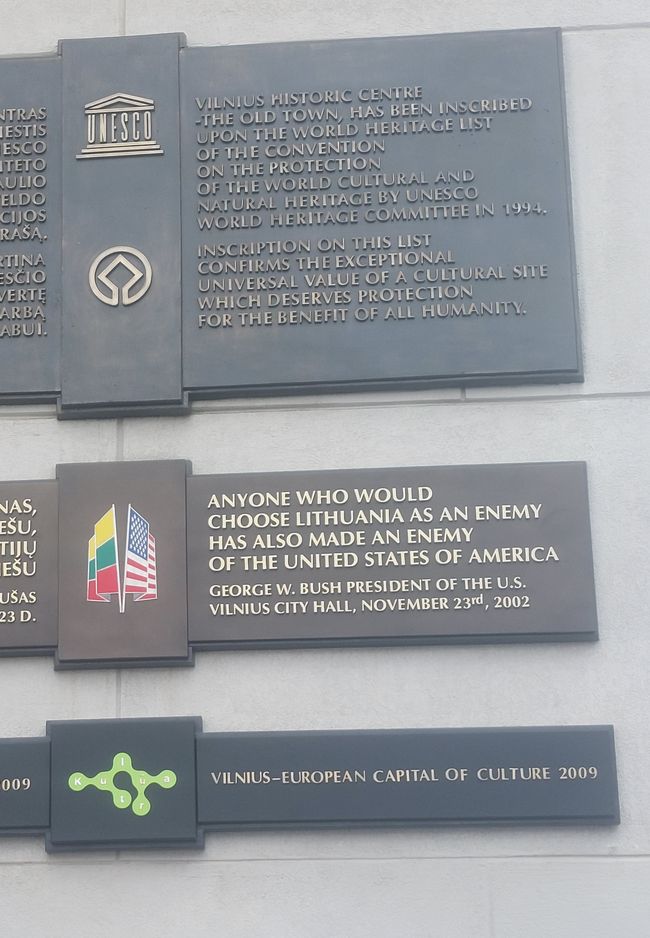
Vilnius is colorful, facades, shops with their displays and restaurants, colors everywhere. After arriving on Wednesday, the obligatory city tour was on the program for me.
Tour guide Milda led the colorful group of about 20 visitors, half of them from Germany, through the old town and charmingly told about the culture and history of the city: Pagan cults, medieval princes, Polish alliances, Jewish neighborhoods, Lithuanian specialties such as filled potato dumplings or tree cake as well as the 'singing revolution' of 1989.
Interrupted by some rain showers, the young Lithuanian also took us to Užupis. Artists founded a fun republic there in the late 1990s, a Dada project between guerrilla and performance art, transforming a run-down neighborhood into a colorful bohemian district. A tourist magnet with numerous photo motifs. It gave me great joy to listen to Milda and continue exploring Vilnius afterwards. When the sun fought back in the afternoon, the city shone even more.
Nevertheless, I couldn't help but notice that some pages were missing in the picture book Vilnius. The city on the Vilna was once known as the 'Jerusalem of the North'. Traces of the rich Jewish history had almost completely disappeared. Unlike in Prague or Krakow, hardly anything reminded of the 100,000 Jews (more than 40% of the population) who lived here before the German invasion. Only two small museums, a synagogue and a monument in the Paneriai forest reminded of the genocide. In Paneriai, about 10 km west of Vilnius, Germans shot more than 100,000 people, including 70,000 Jews, with the help of Lithuanian collaborators.
In Vilnius, the Third Reich wiped out a culture and destroyed a world: newspapers, schools, sports clubs, places of worship, clubs, publishers, hospitals, cemeteries, houses, workshops, etc. All forcibly destroyed and irretrievably lost.
'And the Lord said to Cain, 'Where is your brother Abel?' '
https://alles-ueber-litauen.de/ziele-in-litauen/vilnius/paneriai-holocaust-gedenkstaette
---
At the same time, I received news from Germany where people find it acceptable to vote for a party that trivializes these crimes as 'bird shit' - indecent, dishonorable, godless. Over the weekend, more than 50% voted for an AfD district administrator in the Sonneberg district.
Atbilde
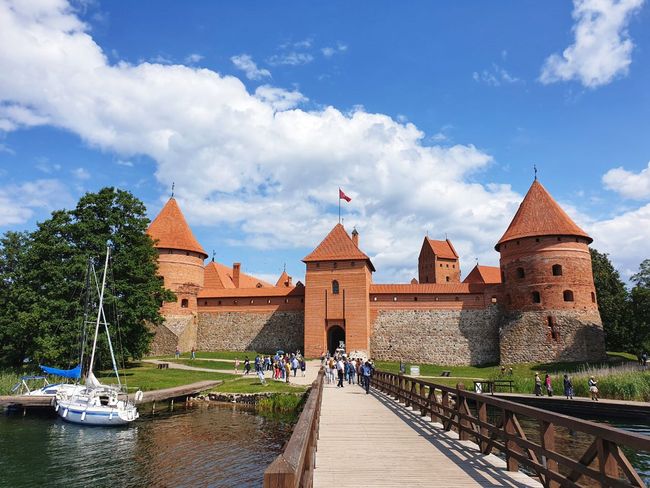
Ceļojumu pārskati Lietuva
